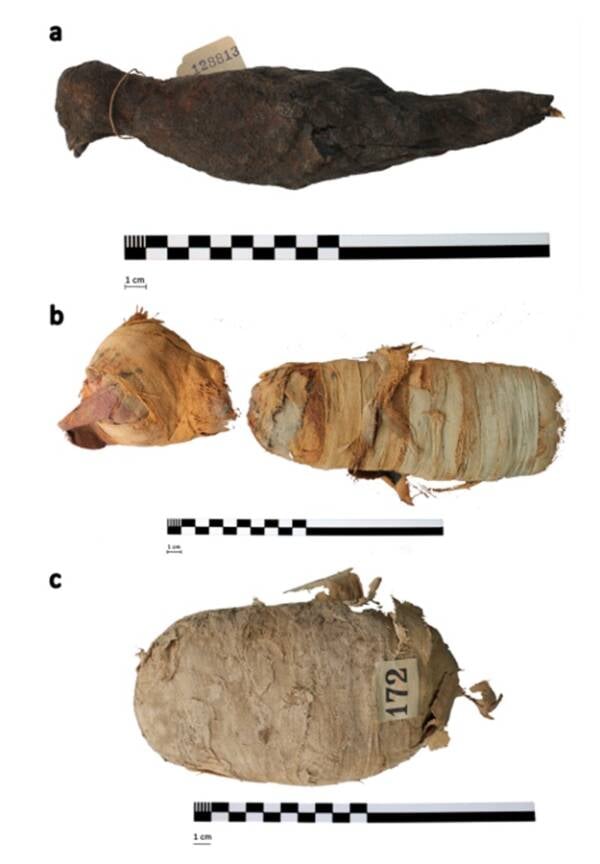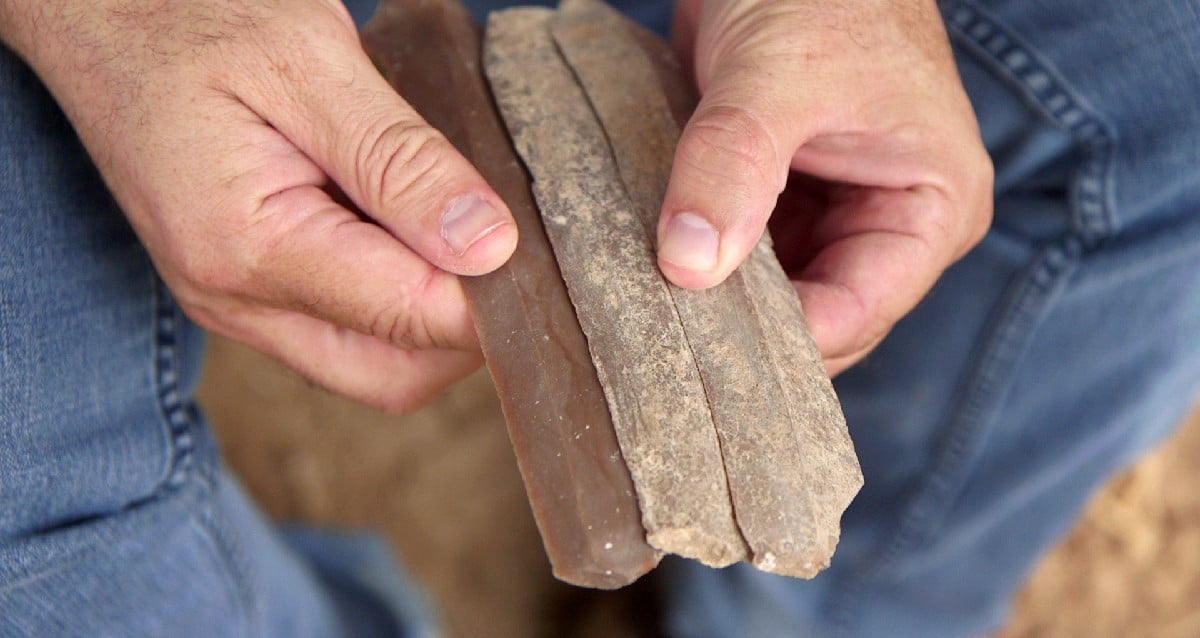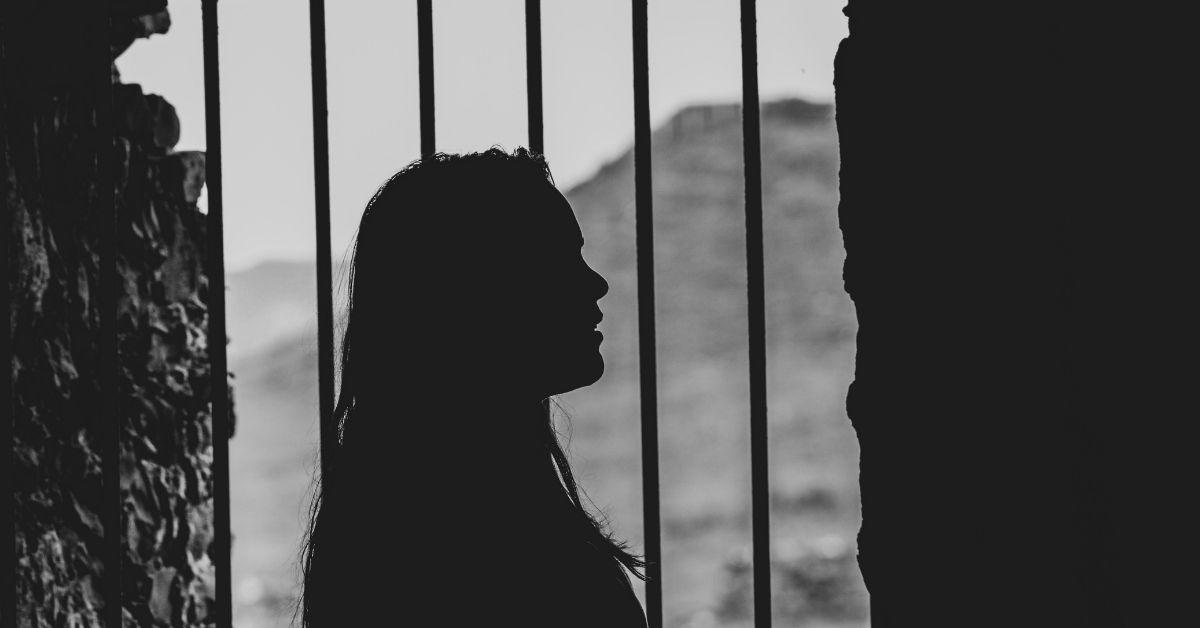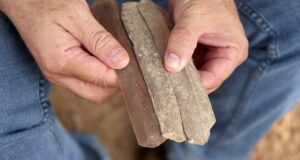Unveiling a Dark Ritual: Why Ancient Egyptians Sacrificed Kittens and Cobras Before Mummification
Micro CT scans of the cat mummy revealed it had been a domesticated feline that died when it was less than five months old, which researchers were able to learn by “slicing” through the virtual mummy scans of the kitten’s jaw. It was information that hadn’t been picked up by previous researchers through analyzing the 3D data on a 2D screen and in the 3D print.

Swansea UniversityExterior of the mummified animals: a bird (a), a cat (b), and a snake (c).
The kitten’s neck was also broken, which either occurred right before it had died or just before its mummification to keep its head in an upright position for its embalmment.
For the snake mummy, the team found it was a juvenile Egyptian cobra that had developed a form of gout, likely because it was dehydrated when it was alive. Spinal fractures on the mummified snake suggest it was killed by being whipped onto a hard surface, a technique often used to kill snakes. There was hardened resin inside its throat which likely came from the mummification process.
The mummified bird, meanwhile, was a small type of falcon called the Eurasian kestrel. The identification of its species was possible due to the micro CT scan which enabled researchers to take the exact measurements of its bones, leading to its identification. Unlike the other two, no parts of the bird’s backbone were broken.
The scientists concluded that the mummies examined in this study were likely sacrifices, not pets writing, “Mummified animals were purchased by visitors to temples, who, it has been suggested, would offer them to the gods, in a similar way that candles may be offered in churches today.”












